Stories
Blog categories
- Awards
- Bats
- Bees
- Biodiversity
- Birds
- Butterflies
- Carbon Sequestration
- Climate Action
- Climate News
- Cloudforest Trees
- Community News
- Conservation
- CoolPartners
- Education
- Events
- Frogs
- Gifts
- Green Energy
- Habitat Creation
- Insects
- Love Nature
- Mammals
- Native Woodlands
- Our Forests
- Plant Profiles
- Project Updates
- Sustainability Goals
- Teams/Sponsorship
- Technology
- Tree Planting
- Tree Profiles
- Urban Forests
- Videos/Timelapse
- Wildflowers
- Woodland Management
- carbon credits
- carbon offsets
- corporate social responsibility
- credibility
- ecogifts
- esg
- gifts
- health
- querrin
- shannon estuary
- sustainability
- wellbeing



